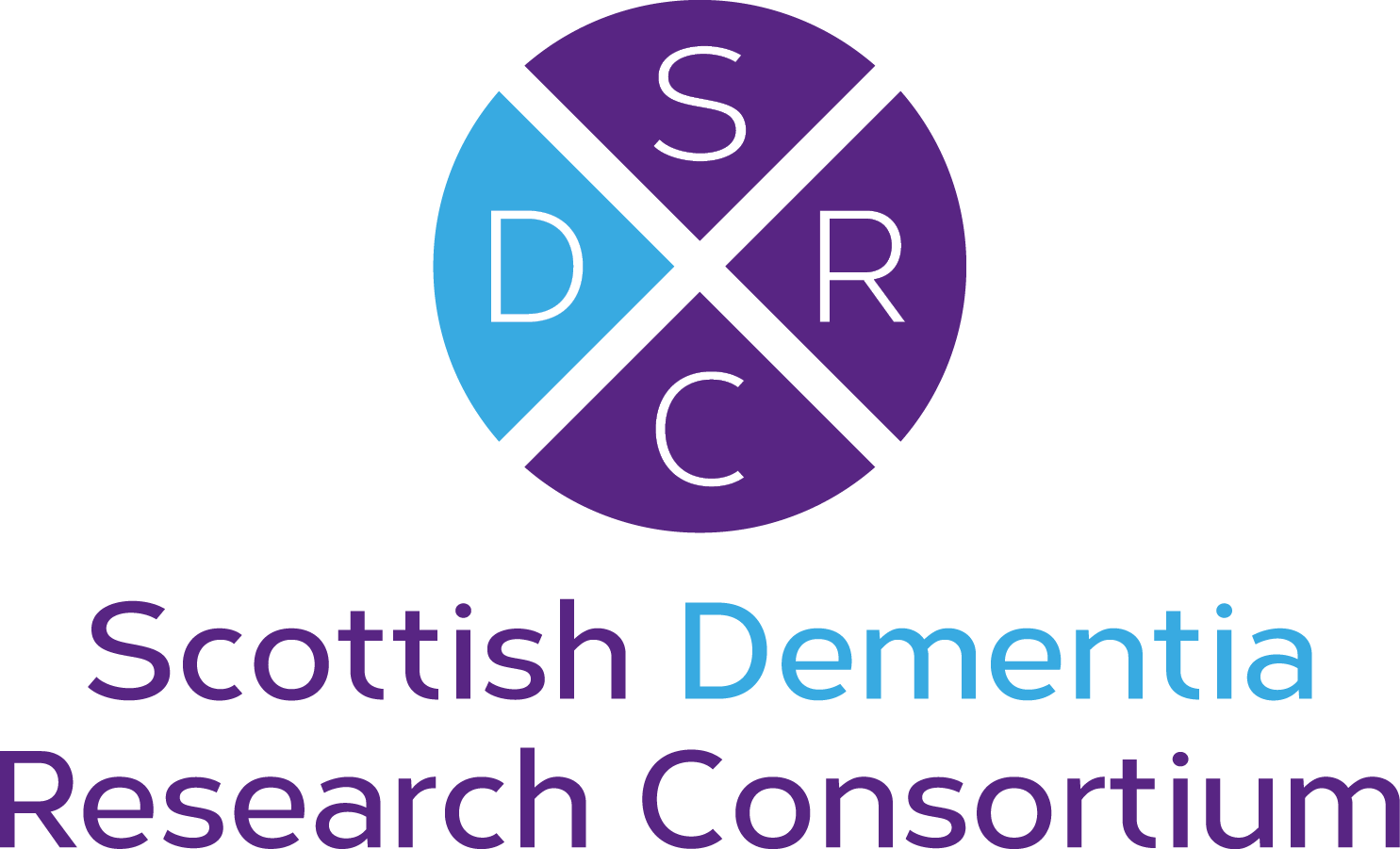Throughout the next two weeks, the SDRC are celebrating our next generation of researchers by publishing a series of blogs from PhD Students/ Early Career Researchers that were featured in the SDRC Annual Report 2019/20.
First, we have Clarisse de Vries, whose research relates to the SDRC’s Diagnosis theme, which you can find out more about here.
I started my academic career in 2015 during my MSc in Medical Physics. During the final MSc project, I investigated the relationship between the klotho gene, brain structure and survival in the ageing brain. My interest in science was sparked, and I embarked on a four-year PhD.
I continued with my work on the klotho gene, which led to two publications. I also worked on a measure of brain complexity, extracted from brain activations. I found that motion causes artefacts in brain complexity maps. I also found that women had greater brain complexity than men in the frontal lobe, and that brain complexity decreased with age in several regions located deep in the brain. In addition, I created a user-friendly interface so that other researchers will be able to use the complexity measures I have developed.
I submitted my PhD thesis last September, and passed my viva/oral examination on the 16th of December.
I have just started my new role as an iCAIRD Radiology Imaging Research Fellow, iCAIRD stands for Industrial Centre for Artificial Intelligence Research. It is a Scotland-wide project which aims to employ artificial intelligence (AI) in healthcare to aid diagnoses and alleviate NHS shortages.
I am currently working on developing and implementing AI systems focussed on applications for the brain. My aspirations are to continue my research into brain health and the effects of brain ageing, and to improve scientists’ and the public’s understanding of the brain
Read the full SDRC Annual Report here.
Follow us on Twitter so you know can keep up to date with the series.
